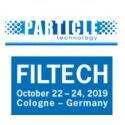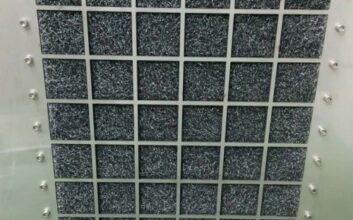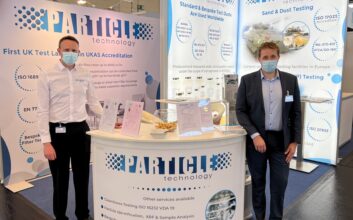ISO 16232:2018 replaces the previous version of the ISO 16232:2007 specification which details how to perform a cleanliness test on an automotive component. The results of which can lead to an improvement of the lifespan of the product and therefore cleanliness levels of the part.
Particle Technology perform cleanliness testing to an internal test method based on this recent version of the specification which is UKAS 17025 accredited.
As part of Particle Technology’s UKAS 17025 extension to scope, improvements to our internal test methods have been implemented to further align our cleanliness testing to the 2018 version of the standard.
One area of improvement is to control excessive or high levels of humidity for gravimetric weighing of test membranes, this is done by using a desiccant box. In order to validate this addition to the internal test method the measurement uncertainty was determined and then compared to the measurement uncertainty prior to the inclusion of the desiccant box.
ISO 16232:2018 9.2.2.2 Material and equipment
Desiccator.
The desiccator prevents the analysis filter from absorbing any humidity from the environment during the cooling process after it has been dried.
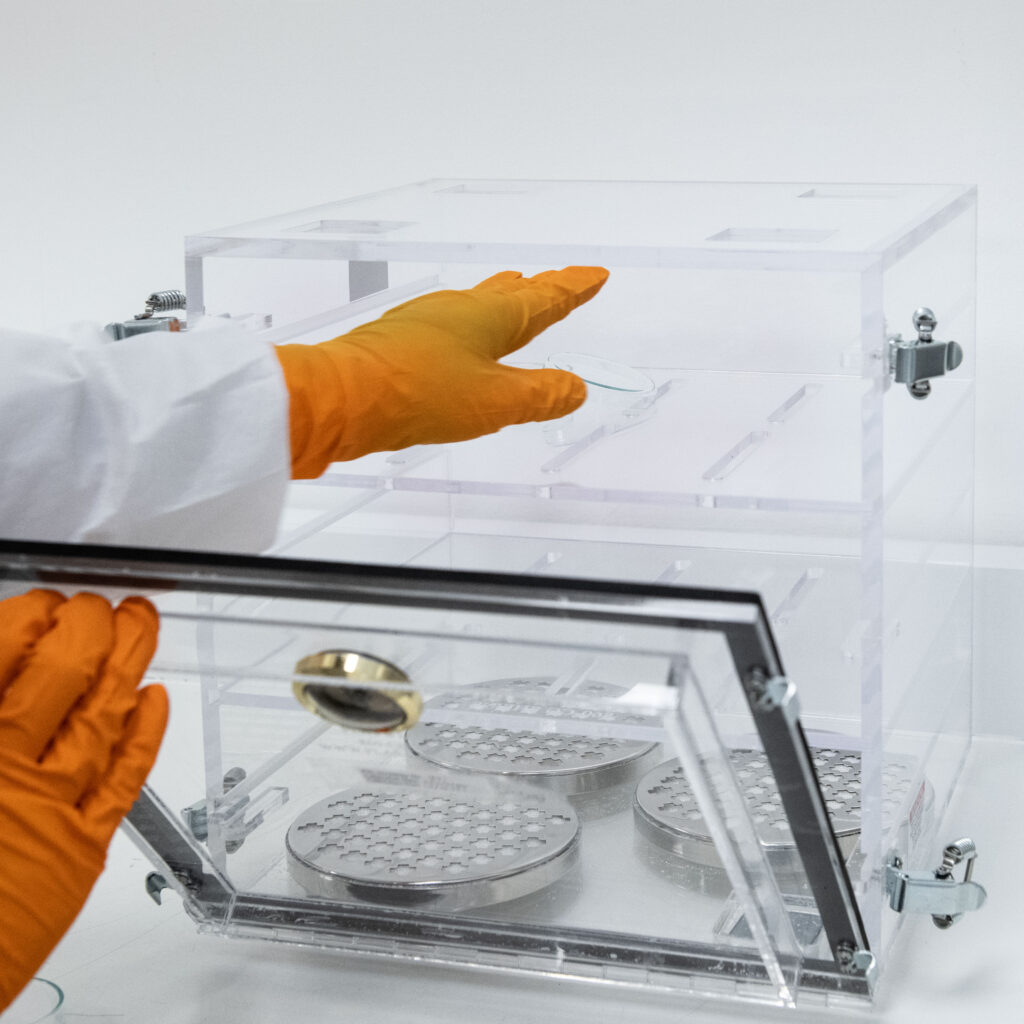
Depending on cleanliness requirements, or when relatively high residue masses (>> 10 mg) need to be determined, the use of a desiccator may not be necessary. In order for this condition to apply, the maximum permissible blank level may not be exceeded.
Analysis balance.
The minimum readability requirement is 0,1 mg = 0,000 1 g (four-digit balance). If a higher gravimetric resolution of 0,01 mg is required, use a 5 digit balance in a controlled environment regarding temperature and humidity.
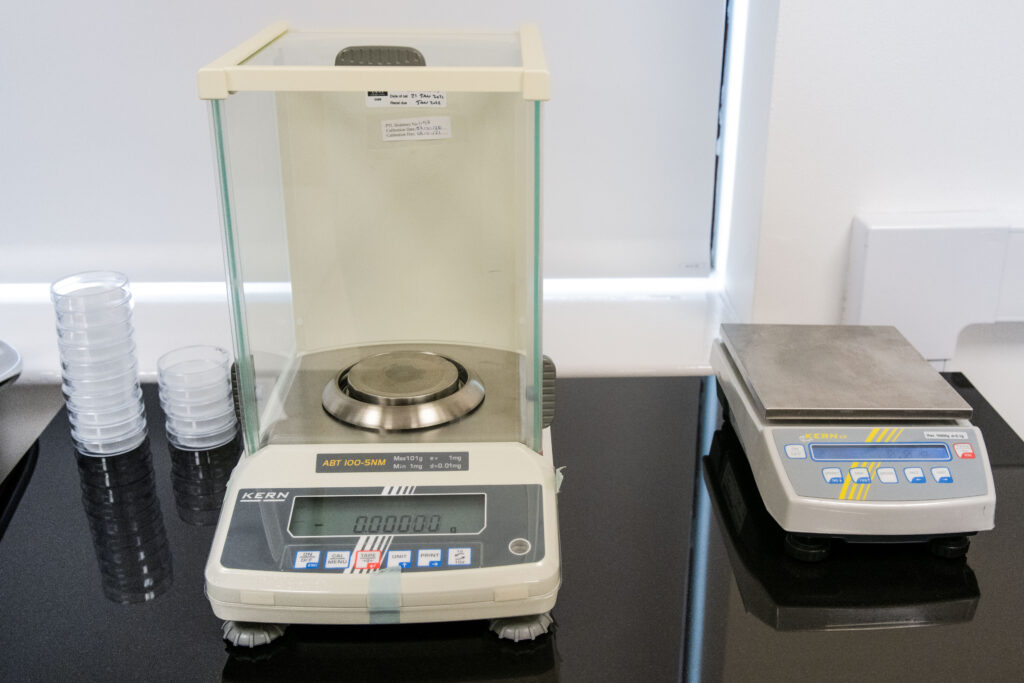
Background
The weight of the test membrane needs to be at room temperature when recorded, this is observed by a stable gravimetric weight, as the membrane cools moisture is attracted to the membrane surface shown by an increase in weight.
Procedure/Results
The gravimetric weight of a test membrane is determined before and after a cleanliness test. ISO paraffin solvent saturates the membrane which must then be dried in controlled environmental conditions.
Validation
Step 1 – Dry and weigh 10 membranes as per internal test method without the use of a desiccant box.
Step 2 – Perform a standard cleanliness test, so that the 10 membranes are saturated with solvent.
Step 3 – Dry and weigh the membranes as per internal test method without the use of a desiccant box.
Step 4 – Re-dry the membranes and re-weigh the membranes to determine the uncertainty.
Step 5 – Repeat steps 1-4 but use the desiccant box during the cooling process as per internal test method.
Step 6 – Compare the uncertainty of the 10 membranes from the different processes.
Conclusion
The uncertainty of the processes of using a desiccator and not using a desiccator during the gravimetric study have been determined. The results showed an improvement in measurement uncertainty whilst using a desiccant drying box (during the cooling period of the gravimetric process).
Using the desiccant drying box leads to an improvement of the gravimetric weight accuracy and has been incorporated into our internal test method for cleanliness testing to ISO 16232:2018.
To find out more about how Particle Technology can help with your testing requirements, get in touch with an expert here and we’ll be happy to help.
 sales@particletechnology.com
sales@particletechnology.com

